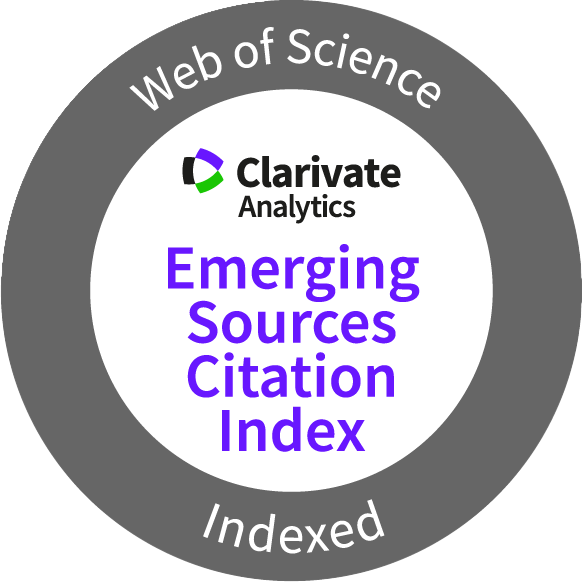Quantification of stone artefacts assemblages in Aotearoa New Zealand
DOI:
https://doi.org/10.70460/jpa.v13i1.337Abstract
Many of the popular models of pre-European Māori settlement rely on the quantification of stone artefact abundance when made from different raw materials. Relative proportions of these materials provide the basis for inferences about mobility, trade and exchange, and social interactions. However, a number of methods for calculating artefact abundance exist with these reflecting different aspects of artefact completeness, fragmentation, and artefact assemblage formation. Using examples of artefact assemblages made from basalt, chert, and obsidian, from two sites in Te Ika-a-Māui, Aotearoa (North Island, New Zealand), different methods of calculating raw material proportions are explored including those based on frequency, size, and the technology of flake production. Measures of stone artefact assemblage completeness are then considered using artefact size distributions and comparisons with the Weibull and fractal power law distributions. We emphasise the differing goals of abundance measure calculations and the assumptions their uses entail.
Downloads
Additional Files
Published
How to Cite
Issue
Section
License
https://creativecommons.org/licenses/by/4.0/








